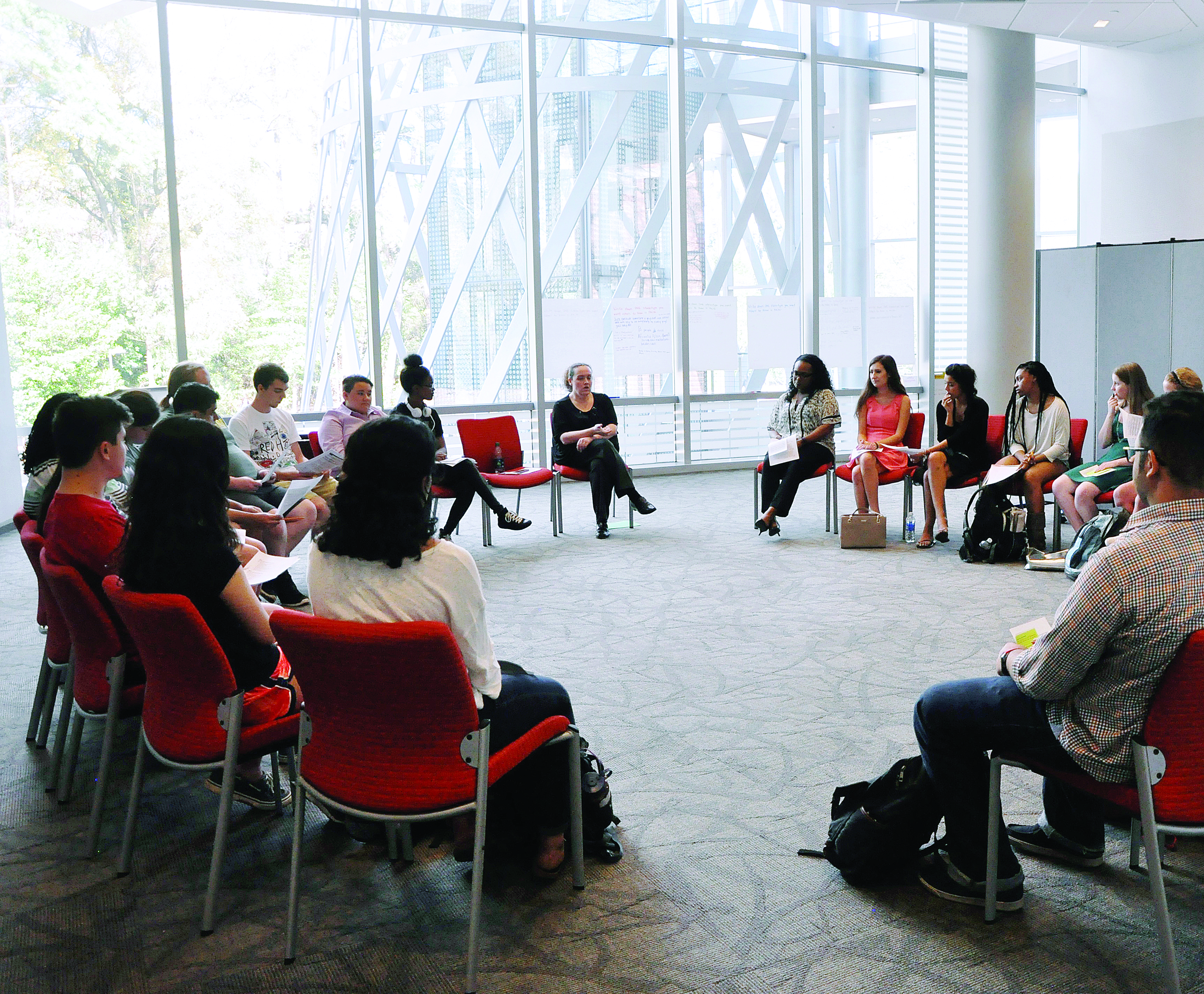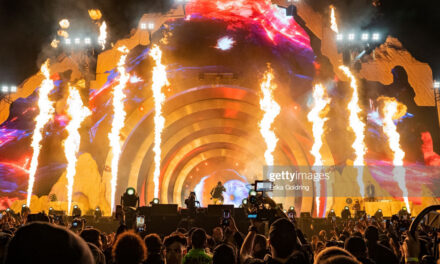Benyame Assefa | Staff Writer
NC State hosted its sixth annual “Tunnel of Oppression” (TOO) on March 15 and 16. The Tunnel of Oppression began at Western Illinois University in 1994.
The purpose of the event is to give viewers a live experience of what it means and how it feels to be oppressed. Through educating and reflecting, members hope to use these performances to combat oppression.
Upon entering the doors of Coastal Ballroom in Talley, onlookers are welcomed by a staff member.
The initial was a setup of four tables displaying examples of everyday privilege that some people benefit from. For every statement that you could agree with, you were asked to grab a paper clip as a representation of your privilege and link however many you had together.
By the end of this opening activity, many among the crowd were quite shocked at how quickly their paper clip chain of privilege grew.
The first oppression station fell upon two actors depicting a scene between a professor and a transgender student, Kevin, formerly known as Kayla.
The identity preference for this student, coming to confide in this professor during his ongoing battle with depression, left Kevin exiting the set with the final words from his professor “I hope you get the help that you need.”
“It was frustrating to watch because of the professors reactions,” said non-degree student student Sheila Rouse, who previously graduated from NC State with a psychology degree. Sheila, along with many other students and faculty, were taken back by the harshness and unreceptiveness from a professor towards his or her student.
The second stage that was set was a scene depicting two students, Javier and Brian, moving into their dorms. This interaction allowed for audiences to get a look at the difficulties of immigration and citizenship as Brian tells Javier, the immigrant student, that he does not belong in this country.
“I think one of the big things that struck me with that scene, was that he [Brian] doesn’t even know who the person is,” said Graecie Vrchota a senior in social work with a minor in women and gender studies.
The third setting presented the audience with the oppression connected to rape culture. A female student was being reprimanded by her friend for reporting a fellow student of theirs for sexual assault. The young woman is told that her friends and other peers are also upset with her for doing this.
The said individual was simply a friend of the assailant, but chose to favor her oppressor .
“There are a lot of issues that contribute to rape culture. In this case it was a lot of hypermasculinity in his tone and action. But, I think the woman’s reaction could be more harmful than the man’s. For somebody of your same identity and not understand and victim blaming shook me more,” said Darryl Johnson a junior studying mechanical engineering.
The fourth and fifth situations pertained to topics that have taken the attention of many people, especially since the beginning of this presidential campaign: Islamophobia and the Black Lives Matter movement.
Many of these stereotypes are systemic, cultural, and institutional. This forms a wedge between those under these conditions and those who are not; the privileged.
But, at the end of every tunnel, there is always a ray of light.
This symbolic light referenced is the Empowerment Room, where studnets were put into groups and forced to face their privilege and perhaps even more tasking, come face to face with other people’s oppression.
Through all of the darkness and oppression, the event shows how simply speaking to, understanding and interacting with one another can have amazing, even life-changing events.



